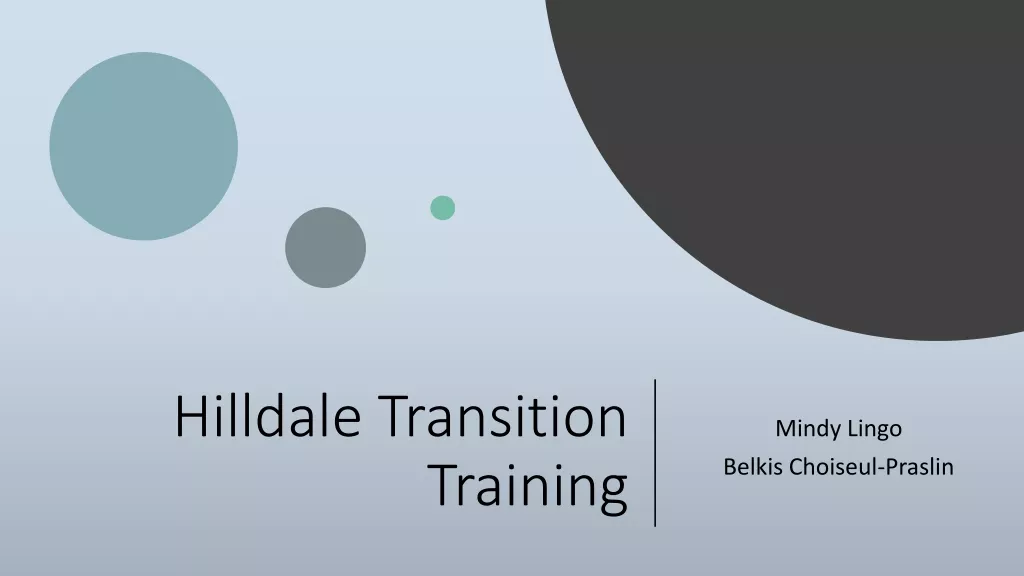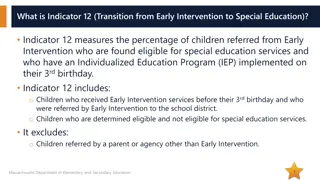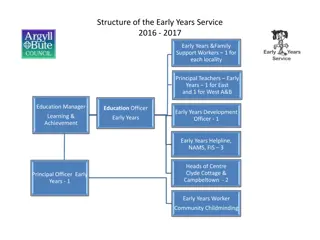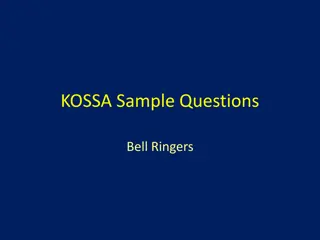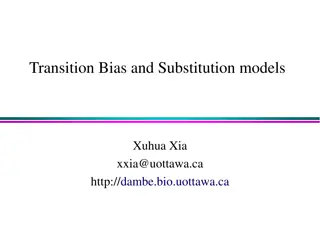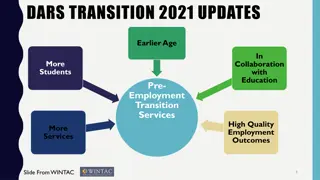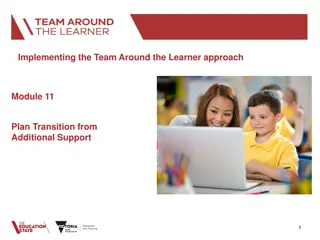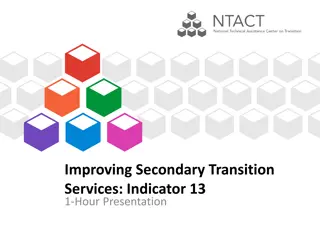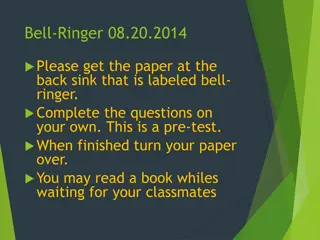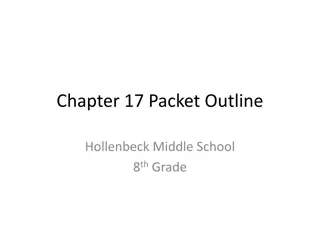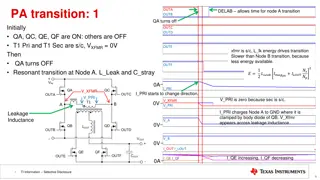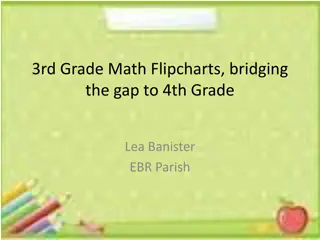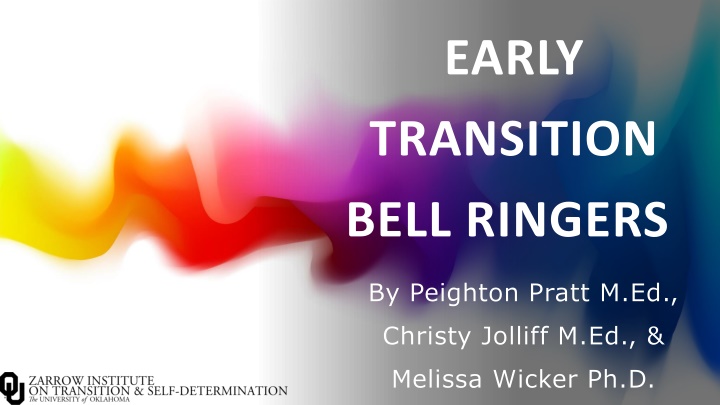
Transition Bell Ringers for Engaging Student Start
Enhance student engagement with early transition bell ringers routine. Promote self-reflection, discussion, and routine effectiveness for a smooth class start. Find tips, prompts, and instructions to implement effectively.
Download Presentation

Please find below an Image/Link to download the presentation.
The content on the website is provided AS IS for your information and personal use only. It may not be sold, licensed, or shared on other websites without obtaining consent from the author. If you encounter any issues during the download, it is possible that the publisher has removed the file from their server.
You are allowed to download the files provided on this website for personal or commercial use, subject to the condition that they are used lawfully. All files are the property of their respective owners.
The content on the website is provided AS IS for your information and personal use only. It may not be sold, licensed, or shared on other websites without obtaining consent from the author.
E N D
Presentation Transcript
EARLY TRANSITION BELL RINGERS By Peighton Pratt M.Ed., Christy Jolliff M.Ed., & Melissa Wicker Ph.D.
1. All About Me 2. Taking Care of Myself 3. Understanding Money 4. Who I Want to Be 5. Would You Rather? 6. What Would You Do? 7. Relationships with Others Links to Early Transition Bell Ringers Section Headers
Introduce your students to the bell ringer routine. Use the "I do, We do, You do" method and model how and when students are expected to complete bell ringers in your class. (Be sure to include clear expectations about the length and depth of response you expect from students.) Display a slide with your desired prompt. Instruct students to read the prompt and respond in a journal, on paper, or on an online document. Inform students of the amount of time they have to complete the task and set a timer. Monitor students and assist as needed. Use a timer, visuals, or verbal cues to alert students when time is up. Invite students to share their thoughts in whole or small group discussions. After each session, reflect on student engagement, depth of discussion, and routine effectiveness to determine what adjustments need to be made to the process. Early Transition Bell Ringers Instructions
Bell ringers can be utilized to help students transition as they enter class, as part of a daily or weekly routine, as discussion prompts, and as exit tickets at the end of class. Slides can be used in sequential order or customized for your classroom. (Example: If you only teach math, you may choose to only use the "Understanding Money" section) Note: The Flesch-Kincaid Grade Level can be found within the notes under each slide. The reading level range is 0 to 6.42 with the mean at 2.08. Early Transition Bell Ringers Tips & Tricks
All About Me All About Me
All About Me Name three words that describe you.
All About Me Name three things you like about yourself.
All About Me Name two things that make you feel happy.
All About Me What is a nice thing someone has said about you?
All About Me Name three things you like about school.
All About Me Name three things you do NOT like about school.
All About Me Name two things you are good at doing while at school.
All About Me Name two things you would like to get better at in school.
All About Me Name two tests that you have taken at school. What is something that could help you take tests?
All About Me Name two things you are good at doing while at home.
All About Me Name two things you would like to get better at doing at home.
All About Me Name two things you like to do with your free time. Why do you like to do them?
All About Me Name two things you do not like doing with your free time. Why don't you like them?
All About Me Name three things you need help with while at school.
All About Me Name three things you need help with while at home.
All About Me What does it look like when you ask someone for help?
All About Me How do you overcome hard things? Who do you get support from?
All About Me How do you feel when you have to do something hard?
All About Me What does it mean to be independent? What is something you can do by yourself?
All About Me What does it mean to be responsible? What are two things you take care of?
All About Me What does it look like when you are patient or wait your turn?
All About Me What does it look like when you are following the classroom rules?
All About Me What does it mean to have a disability?
All About Me Name one person you know that has a disability. (It could be someone famous!)
Taking Care of Myself Taking Care of Myself
Taking Care of Myself Name two healthy choices you make in the morning at home.
Taking Care of Myself What is your morning routine before school?
Taking Care of Myself Name two healthy choices you make at school.
Taking Care of Myself Name two healthy choices you make in the evening at home.
Taking Care of Myself What is your routine at night before you go to bed?
Taking Care of Myself Compare your mornings on a school day and on the weekend.
Taking Care of Myself Compare your nights on a school day and on the weekend.
Taking Care of Myself What does your routine look like during the summer or school breaks?
Taking Care of Myself Name three things you do to stay healthy.
Taking Care of Myself Name three things you like to do to exercise.
Taking Care of Myself Name three things you can do to help you feel clean.
Taking Care of Myself Name two things you do to help you feel rested.
Understanding Money Understanding Money
Understanding Money Name one reason that you should learn about money.
Understanding Money Name three different ways you can pay for something.
Understanding Money Compare dollar bills (cash) and coins.
Understanding Money Compare dollar bills (cash) and credit cards.
Understanding Money Compare paying with cash and paying with a card.
Understanding Money Compare using gift cards and credit cards.
Understanding Money Name three things that people do with their money.



